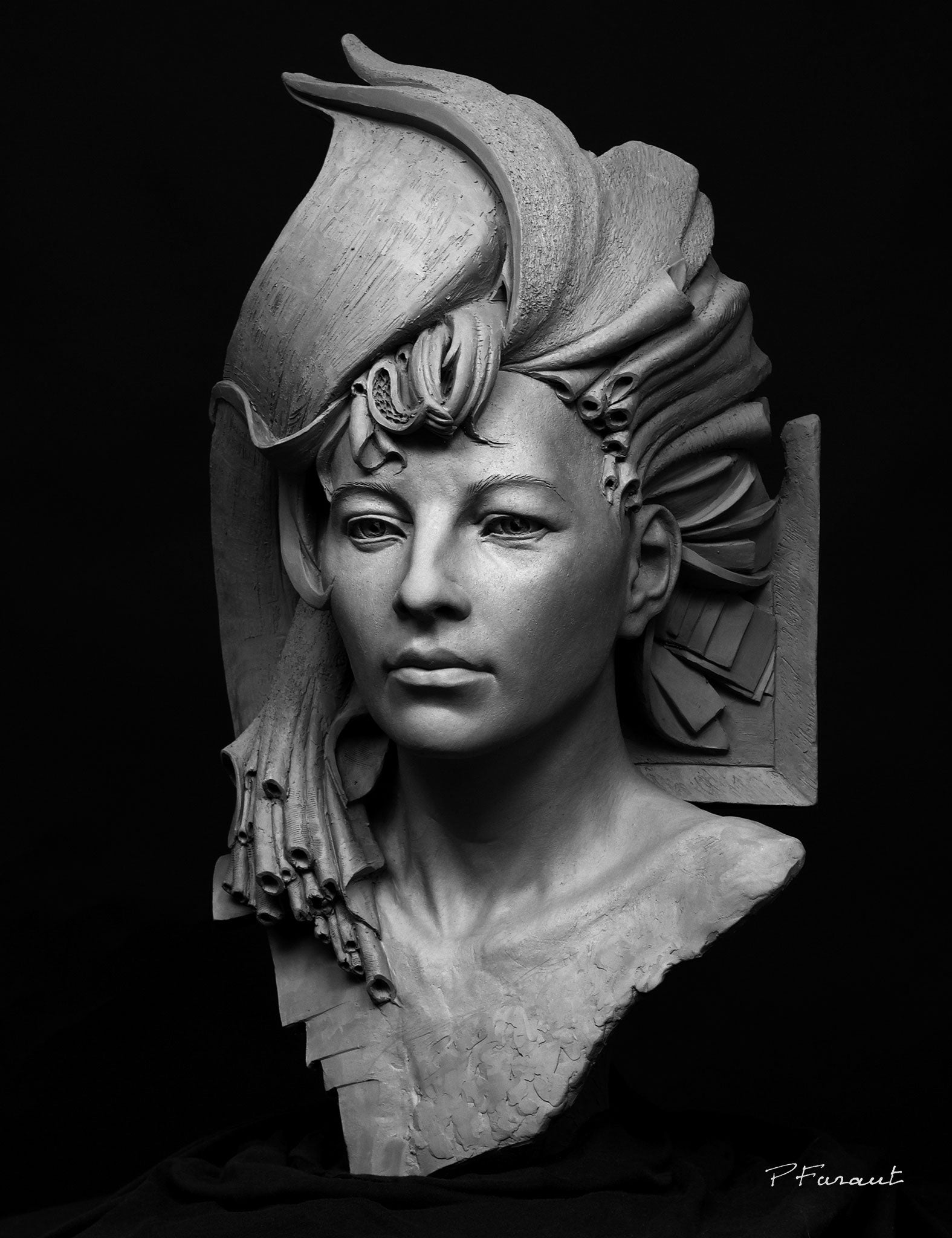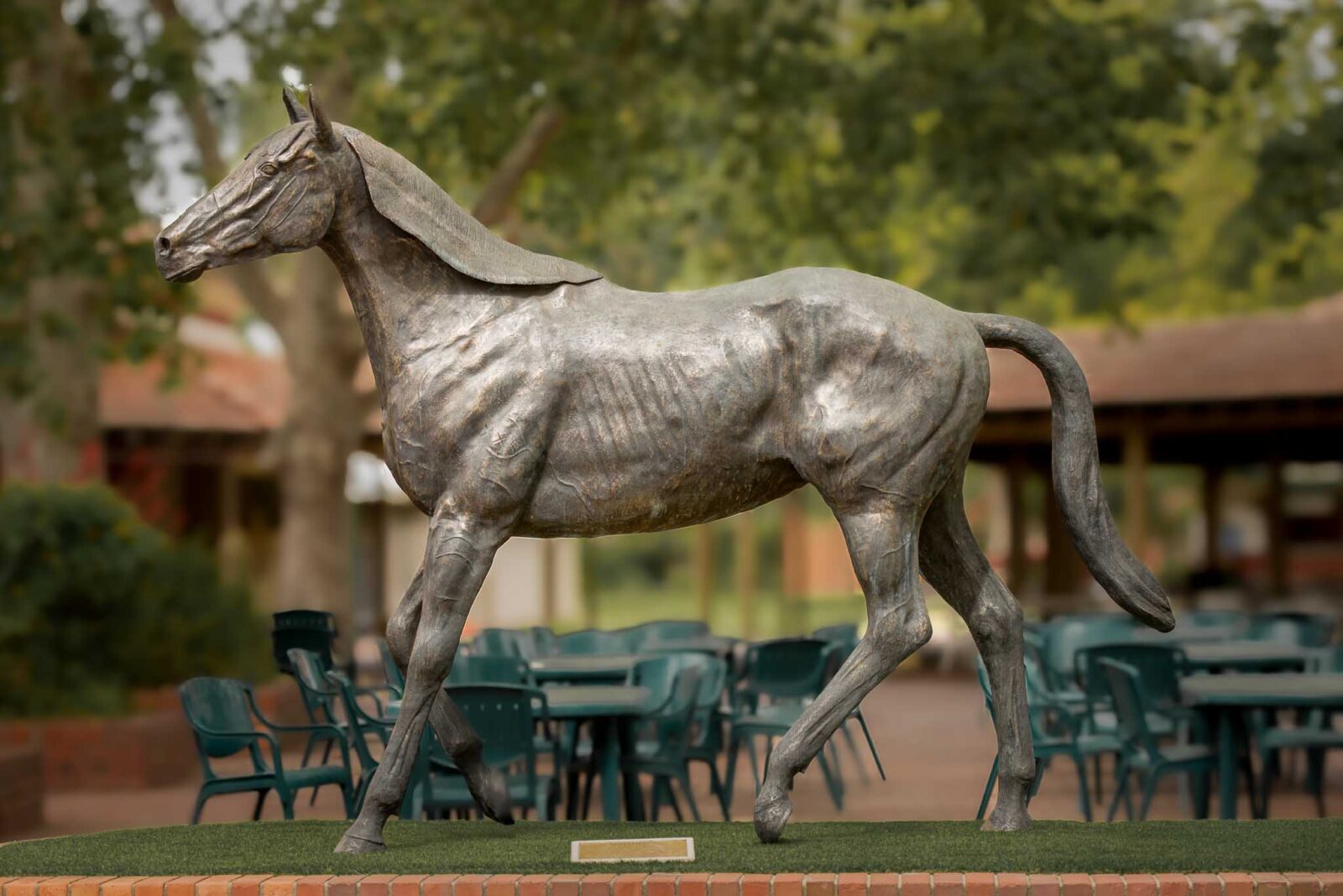Contemporary Marvels: Study the World of Contemporary Sculptures
Wiki Article
Discovering Various Materials in Sculpture Art
From ancient stone sculptures to contemporary blended media productions, musicians have continuously explored the limitless opportunities of various materials. In this article, we will dig into the fascinating globe of exploring various products in sculpture art. We will find the timeless appeal of rock sculptures, the elaborate craftsmanship of metal work of arts, the malleability of clay developments, the non-traditional usage of blended media, and the makeover of common items into extraordinary works of art.Rock Sculptures: Classic and ancient
Stone sculptures have actually long been admired for their enduring appeal and classic appeal. Dating back thousands of years, stone sculptures have actually been a prominent form of imaginative expression across countless societies and worlds. From the ancient Egyptians and Greeks to the Mayans and Chinese, artists have made use of rock as a medium to produce breathtaking masterpieces that have actually stood the test of time.One of the crucial factors for the lasting popularity of rock sculptures is the sturdiness of the material itself. Unlike various other mediums that may deteriorate gradually, rock has proven to be durable and able to endure the aspects. This resilience has actually permitted rock sculptures to survive for centuries, acting as a testimony to the workmanship and ability of the musicians that produced them.
Furthermore, rock sculptures possess a feeling of durability and strength that is unmatched by other products. The weight and appearance of rock offer sculptures a feeling of presence and material, making them a centerpiece in any kind of room they live in. Whether shown in museums, yards, or public rooms, rock sculptures command focus and evoke a sense of eternity.
Additionally, the all-natural beauty of rock includes in its allure as a medium for sculptors. The one-of-a-kind shades, patterns, and structures found in different kinds of stone add to the visual allure and imaginative expression of the sculptures. From the smooth beauty of marble to the tough appeal of granite, each sort of stone supplies its very own unique visual high qualities, permitting musicians to develop truly one-of-a-kind pieces.
Metal Work Of Arts: From Iron to Bronze
Continuing the expedition of products in sculpture art, the transition from stone to steel generates a new realm of imagination and craftsmanship. Metal sculptures have a rich and lengthy background, dating back to ancient civilizations. From iron to bronze, musicians have used the unique buildings of these steels to produce work of arts that astound and inspire.
Bronze, on the various other hand, supplies a various collection of top qualities that artists have made use of to great impact. Its malleability and capacity to hold great details make it an optimal product for forming intricate and delicate kinds. Bronze sculptures often show a sense of elegance and poise, with their refined patinas and smooth surfaces.


Clay Creations: Flexible and flexible
Clay sculptures, with their flexible and flexible nature, deal artists a wide variety of imaginative opportunities in the globe of sculpture art. Clay, an all-natural product composed of minerals and water, has been used by musicians for centuries to produce detailed and meaningful sculptures.

Artists can manipulate the clay utilizing their devices or hands, enabling for the production of elaborate information and textures. This malleability provides artists the flexibility to experiment and explore various forms and styles.
Another advantage of clay is its convenience in terms of shooting methods. Low-fired clay produces a fragile and porous surface, while high-fired clay generates a sturdy and smooth finish.
Furthermore, clay uses artists the chance to function in both subtractive and additive methods. They can build up layers of clay to develop a sculpture from scratch, or they can sculpt away excess clay to expose the wanted form.
Clay sculptures can be finished with different methods, such as glazing, paint, or including other materials like metals or timber. This further boosts the imaginative possibilities and permits the creation of distinct and visually striking pieces.
In conclusion, the pliability and flexibility of clay make it a suitable medium for musicians to explore their creativity in sculpture art. Its ability to be built, terminated, and completed in different ways opens up a world of possibilities, permitting musicians to bring their visions to life via the meaningful and responsive nature of clay sculptures.
Multimedia Magic: Unconventional Products in Sculpture
With an expanding interest in pushing the limits of standard sculpture, musicians have actually begun to embrace combined media as a way of including unconventional products right into their imaginative developments. By integrating different products, musicians can create aesthetically striking and vibrant sculptures that test the audience's understanding of what sculpture can be.Blended media sculptures frequently feature a mix of materials such as timber, metal, fabric, discovered objects, and also organic products like plants or pet parts. These unconventional materials add deepness, structure, and suggesting to the art work, enabling artists to discover brand-new concepts and concepts.
One example of combined media sculpture is Get More Information the work of musician Louise Nevelson - Contemporary Sculptures. She is understood for her assemblages made from discovered things and thrown out products. Her sculptures, usually painted in single colors, create abstract and detailed structures that stimulate a sense of enigma and significance
One more musician who uses multimedias in sculpture is Ron Mueck. He develops hyper-realistic sculptures by combining materials such as silicone, fiberglass, and human hair. Mueck's sculptures test our understanding of range and truth, as he frequently produces epic or small numbers that show up extremely lifelike.
Mixed media sculpture permits musicians to trying out non-traditional materials, broadening the opportunities of what sculpture can be. Equine Sculptures. By including different materials, artists can produce distinct and thought-provoking art work that mesmerize and involve visitors in brand-new and unforeseen methods
Found Things Art: Changing the Ordinary Into Amazing
Found things art is a transformative technique that elevates day-to-day items right into amazing sculptures. This artistic approach includes the usage of random, disposed of items that are repurposed and provided brand-new life. By including these found objects right into their job, musicians challenge traditional ideas of what makes up art and develop thought-provoking items that involve customers in one-of-a-kind means.The beauty of discovered things art lies in its ability to transform the ordinary right into something extraordinary. Musicians look for out discarded products such as old devices, family objects, and even natural products like branches and rocks, and utilize them as the structure for their sculptures (Robert C Hitchcock Sculptor). Via cautious arrangement, control, and in some cases even alteration, these objects are transformed into fascinating masterpieces that welcome viewers to reconsider the value and possibility of everyday objects
This art kind motivates audiences to examine their preconditioned concepts of elegance and definition. By providing familiar items in unfamiliar contexts, found item art challenges us to see the world in new and amazing ways. It motivates us to look past the surface and uncover covert stories and links within the things themselves.
Conclusion
In verdict, exploring different products in sculpture art enables artists to share their imagination and bring their visions to life. Combined media magic and found object art challenge standard concepts of sculpture, changing average products into phenomenal works of art.From old stone sculptures to modern combined media creations, musicians have actually continually checked out the countless opportunities of different materials. Clay sculptures, with their flexible and versatile nature, deal musicians a vast variety of innovative opportunities in the globe of sculpture art. Clay, an all-natural product made up of minerals and water, has actually been used by musicians for centuries to develop meaningful and elaborate sculptures.
In final thought, the pliability and adaptability of clay make it an excellent tool for artists to discover their creative thinking in sculpture art.In verdict, discovering different materials in sculpture art enables musicians to reveal their imagination and bring their visions to life.
Report this wiki page